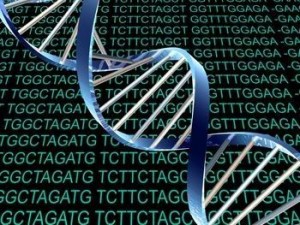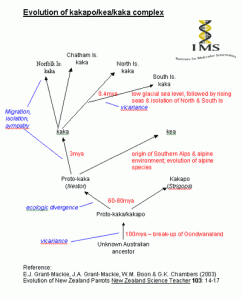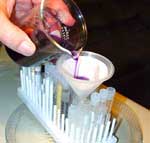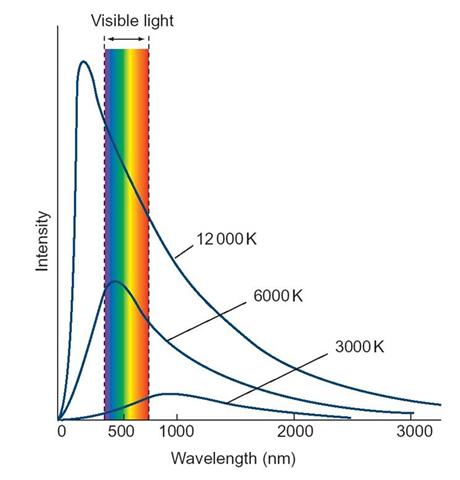This achievement standard involves describing the structure, physical properties, and reactions of organic compounds.
Aspects of organic chemistry includes:
Organic compounds are limited to those containing one or more of the following functional groups: alkene, haloalkane, amine, alcohol, aldehyde, ketone, ester, carboxylic acid, acyl chloride, amide.
Structures and names of organic compounds are limited to those compounds containing no more than eight carbons.
Physical properties of organic compounds are limited to solubility, melting point, boiling point, rotation of plane-polarised light.
Reactions of organic compounds include acid-base, oxidation, elimination and substitution reactions. Substitution reactions include esterification, hydrolysis, and polymerisation.
- acid-base is limited to reactions of carboxylic acids, amines, and carboxylate and alkylammonium salts
- oxidation is limited to reactions using the following reagents: MnO4–/H+, Cr2O72–/H+, Tollens’, Fehling’s and Benedict’s
- elimination is limited to reactions using the following reagents: KOH in alcohol and concentrated H2SO4
- substitution is limited to reactions using the following reagents: concentrated HCl, HBr, SOCl2, PCl3, PCl5, NaOH, KOH (in alcohol or aqueous solution), NH3, primary amines, primary alcohols/H+, primary alcohols, H2O/H+, H2O/OH–
- polymerisation is limited to formation of polyesters and polyamides including proteins.
 A more sedate way to get to grips with Protein synthesis
A more sedate way to get to grips with Protein synthesis


 Struggling to get your head around role of polyploidy in speciation, adaptive radiation and such like?
Struggling to get your head around role of polyploidy in speciation, adaptive radiation and such like? Link to a Chemistry Home lab site with 16 experiments ranging from sampling air quaility to energy efficiency, to water and soil testing, to making snow, and `ghost-buster’ slime. Step by step instructions with good illustrations.
Link to a Chemistry Home lab site with 16 experiments ranging from sampling air quaility to energy efficiency, to water and soil testing, to making snow, and `ghost-buster’ slime. Step by step instructions with good illustrations.



Recent Comments